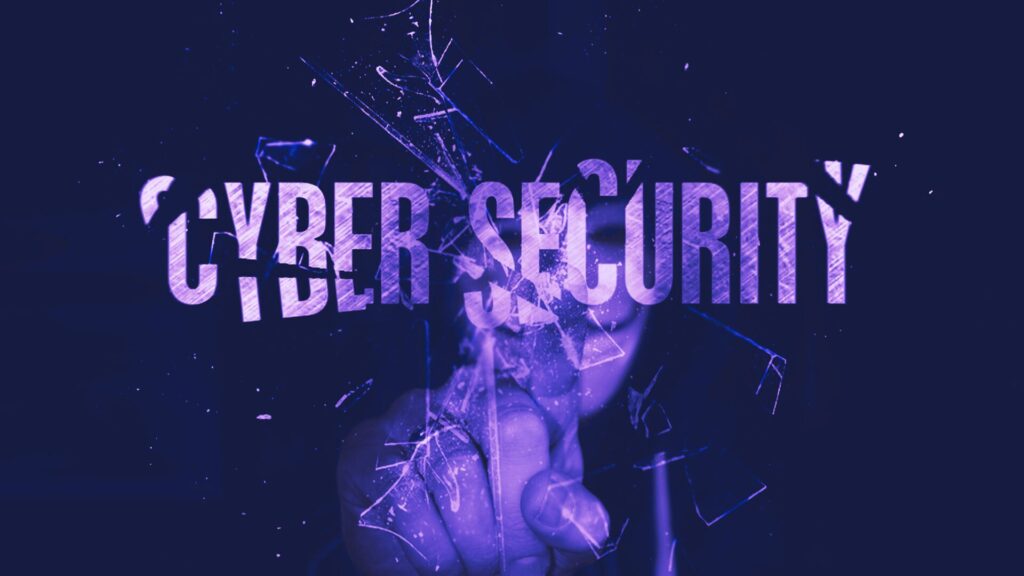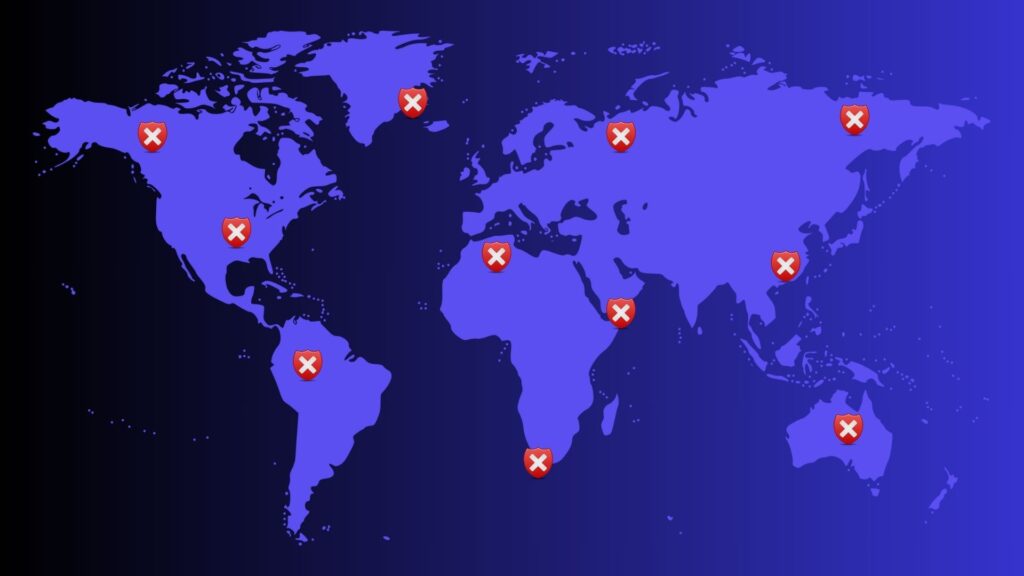When you think of a hacker, you generally think of someone in a black hoodie sitting in a dark room, surrounded by computers screens, furiously typing to launch attack after attack. The entertainment industry has focused on specific types of hackers, but they’re not all the same. While there are many malicious hackers out there, there are also many hackers who use their incredible skills to protect us and keep us safe. Some hackers are even a bit of both.
Let’s look at the different types of hackers and what they really do in cybersecurity.
What is a hacker?
A hacker is someone with advanced computer skills who uses their skills to gain unauthorized access to computer systems for various purposes. This includes bypassing cybersecurity controls to gain access to the systems.
Some hackers do it for fun, some for malicious purposes, and others to protect us. Let’s look at the 7 types (colours) of hackers in more detail.
The 7 colours of hackers
1. White hat hackers
White hat hackers are also known as ethical hackers or penetration testers. These hackers use their skills to find potential security vulnerabilities within a system and provide recommendations on how to fix the vulnerability or improve the overall security posture of the system.
The hackers are usually employed by companies to find vulnerabilities in the systems, or they form part of security groups who constantly test systems to find unknown vulnerabilities.
These hackers are important as they help protect our personal information. Furthermore, with the advancements in AI, these hackers will need to expand their knowledge and skills to identify new types of threats to continue keeping our data safe.
2. Black hat hackers
Black hat hackers are the hacker that most of us are familiar with – they are the bad guys. These hackers look for vulnerabilities and weaknesses within systems with the intention of exploiting the vulnerabilities for personal gain. This often includes illegal activities such as stealing data, deploying malware, or ransomware attacks.
These hackers are the ones that we most need to be aware of as they don’t only target big organizations, but also target individuals like you and me. Their attacks continue to increase in complexity and won’t slow down any time soon.
3. Gray hat hackers
Gray hat hackers are a combination of white hats and black hats. They often don’t have malicious intentions, but they may perform activities without permission. In some cases, they’ll approach the company afterwards to disclose their findings and offer to fix it for a fee.
It is important to obtain permission before attempting to gain access to a system. The gray hats are usually the hackers who highlight overlooked vulnerabilities and play a controversial but sometimes beneficial role in cybersecurity.
4. Green Hat Hackers
Green hat hackers are considered the newbies in the hacking world. They aspire to become hackers but still need to develop their skills and learn the techniques through years of experience.
5. Blue hat hackers
Blue hats are similar to ethical hackers but are employed by companies to find vulnerabilities in systems before it is released.
There is an alternate blue hat hacker that is a hacker who is seeking revenge, and vengeance is their only motive to perform malicious activities.
6. Red hat hackers
Red hats often target Linux systems but can also be categorized as vigilantes. Their aim is to bring down the black hats through aggressive attacks that bring down their systems.
7. Purple hat hackers
Purple hats are hackers who attack their own systems as part of their learning and upskilling in a controlled environment.
Additional types of hackers (no colours)
There are a few additional hackers that don’t have a colour associated with them but are important to know about:
- Script kiddies: These hackers are not very skilled and use pre-written scripts or tools developed by hackers. These hackers usually don’t understand the tools and can often cause major disruption when playing with the tools.
- Hacktivists: These hackers use their skills to promote social, political, or environmental change. They believe that they are fighting for a noble cause, but their methods can be considered unethical.
- Nation-state hackers: These hackers are also called state-sponsored hackers and are employed by governments to hack other governments to obtain foreign intel.
The next wave of hacker: The AI hacker
The rapid development of AI has introduced a new wave of hackers who leverage AI tools to execute attacks for malicious purposes. Two examples we can define so far includes:
AI exploiters: These hackers find ways to exploit vulnerabilities within AI systems which ranges from chatbots to facial recognition software.
Deepfake hackers: These hackers create ridiculously realistic fake videos or images with the intent of deceiving people and spread misinformation.
These new types of hackers are pushing boundaries and making it very challenging for cybersecurity professionals to defend against them. A lot of focus and research is required in this area to make sure we remain protected while we continue improving technology.
Last thoughts
Understanding the types of hackers can help you be prepared for the types of threats online. As technology advances, especially with A.I., so do the methods used by hackers adapt to utilize the technology in their favour.
Cybersecurity isn’t just for security professionals; it’s something that each one of us needs to be aware of in order to stay safe online. Be secure!



